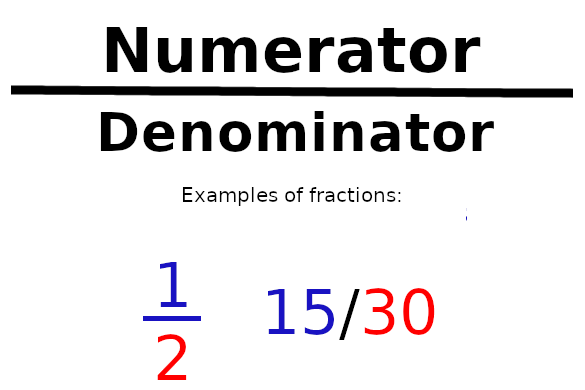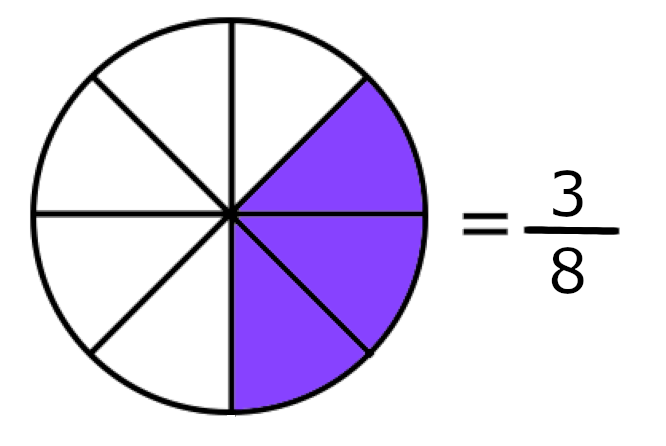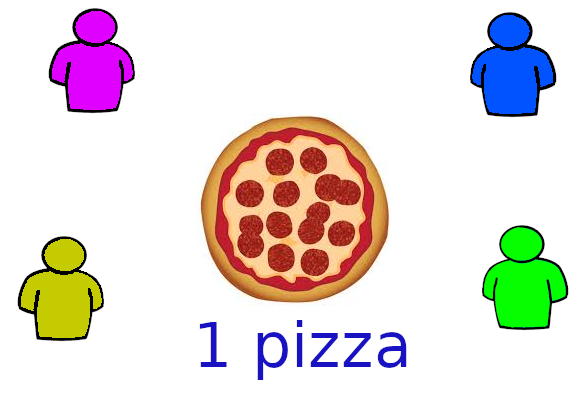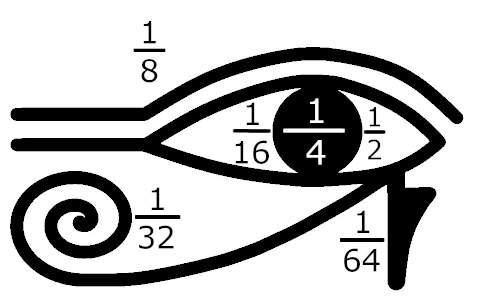Fractions are a way of representing a part of a whole, or perhaps in other words, a way of showing a quantity in its equal parts. Another way of expressing it is that it represents a proportion of some quantity, or else a fraction is simply a reason.

If anything has been made clear, it is that fractions are a way of showing a ratio, which is conceptually a numerical relation of a comparative nature, so that every fraction is a ratio, although a ratio is not necessarily always a fraction, since ratios can accept decimal numbers, unlike fractions. That is why you have to be clear about both concepts, a fraction is a division, a quotient, a number and also a ratio, but a ratio is not always a fraction and it is a way of expressing a comparison of two quantities.


Let’s think of a Saturday night with 4 friends who are going to eat a pizza enjoying an evening watching a movie, as there is 1 whole pizza and 4 people, naturally you have to divide the pizza into 4 parts for everyone to eat, where each one will have,. Well, a part, then it would be a quarter of that pizza for each one or rather (1/4) of pizza. Fractions have the ability to carry vital information about the amount obtained, because if one of the friends was not present at the precise moment at the splitting of the pizza, just by knowing that 1/4 of the pizza was saved for him, he would know the amount that the others have: 1/4+1/4+1/4, which would be equal to 3/4 of the pizza.

It’s understandable that fractions seem confusing to some people, but just knowing that the numerator of the fraction always refers to the number of parts you have taken, and the denominator represents the number of total portions that exist. In the case of 1/4 of the pizza, 1 represents the number of pieces the person eats, while 4 represents the number of pieces in which the pizza was originally cut.
Fractions in history
Fractions have appeared in history in all the great civilizations spontaneously, mainly because of the need to present certain proportions whose quantities are continuous and perhaps may not be so convenient to represent them in their respective units, either because they are not exact or because in spoken language a common way of expressing an idea is by making comparisons. For example, my land is twice as big as your land (2 to 1), or your land is half of mine (1/2).
The number of apples in a basket can be represented numerically with a natural number, it can be 5 apples, 8 apples or 20 apples, etc., there is no problem there because apples are perfectly separable, on the other hand, if we want to make measurements of the length of an object, then the need arises to divide certain measurements, especially if the unit of measurement is larger than what you want to measure.

In ancient Egypt a measure of volume was the heqat (4.8 liters), and a henu (0.48 liters), that is, if you wanted to ask for 2.4 liters, you could say 5 henus or 1/2 henut, very similar to kilograms, if you go to the market and want 500 grams of lemons, you usually ask for its equivalent which would be 1/4 kilo of lemons. These kinds of proportions were in common use among ancient peoples (and still are), hence the need for fractions.
The use of fractions was very widespread, in Rome, the system of fractions was based on 12, that is, any quantity could be divided into twelve parts, so 1/12 represented an uncia, if we have a sack of rice, one could ask for a unit of rice, that is, 1/12 amount of the sack. If you wanted half the sack you could ask for 6/12 (semis) of the sack of rice. In other peoples, the Babylonians used fractions in a masterly way, always with the denominator 60, and the Chinese used decimal fractions (1/10, 4/100, 8/1000) and even obtained the least common multiple.


The Chinese used the rod system to represent numbers, and fractions, being numbers, were represented in even numbers where the “son” would be the numerator and the “mother” the denominator, under the concept of biological bond and dependence that exists between a real mother and child, as well as their mathematical entities.
Proper Fractions & Improper Fractions
Fractions are classified in the size of the numerator with respect to the denominator A proper fraction is one in which the numerator is greater than the denominator, so an improper fraction would be its reciprocal: it is one in which the denominator is greater than the numerator, which leads to certain peculiarities, such as, A proper fraction is a decimal number between 0 and 1, not including 0 and 1 obviously. Proper numbers cannot be converted to mixed numbers (number of the form 2 2/3, it will be explained in another article), in history most fractions were of proper type, for the simple reason that these fractions expressed a part of something larger, they work in practical problems such as the amount of wheat that represents a bag sold to the customer with respect to the sack that is always larger, or the size of a piece of land relative to the total area.

Improper fractions are the flip side of the coin, the result of the quotient will always be a number greater than one, the important thing about these fractions is that they can be converted into mixed numbers.

Fractions in general are an essential tool for mathematics, as a proper understanding of operations and properties (which will be the subject of the next chapter) will allow access to advanced knowledge in the field of algebra, calculus, linear algebra, and geometry.




Thanks for sharing. I read many of your blog posts, cool, your blog is very good.